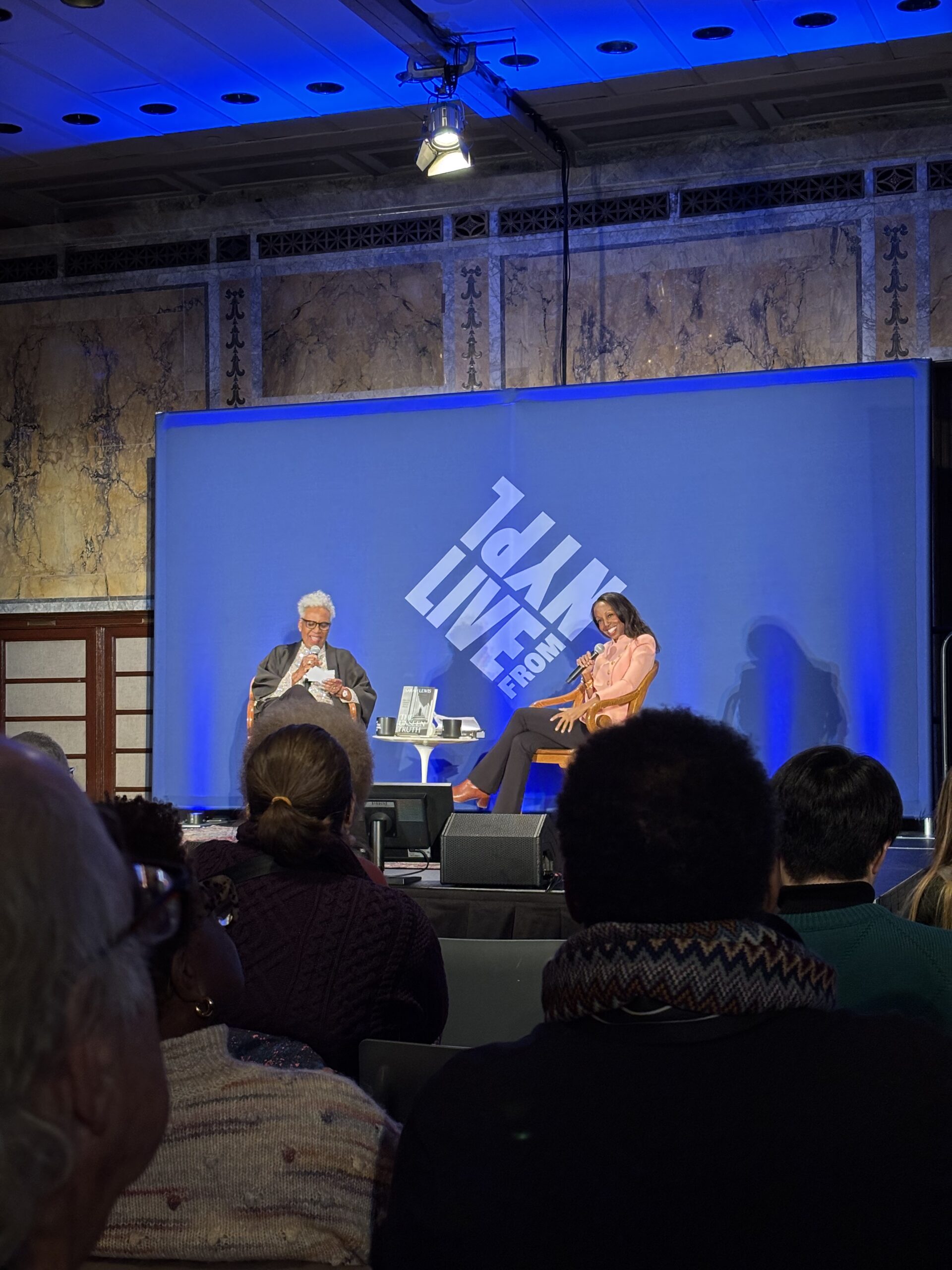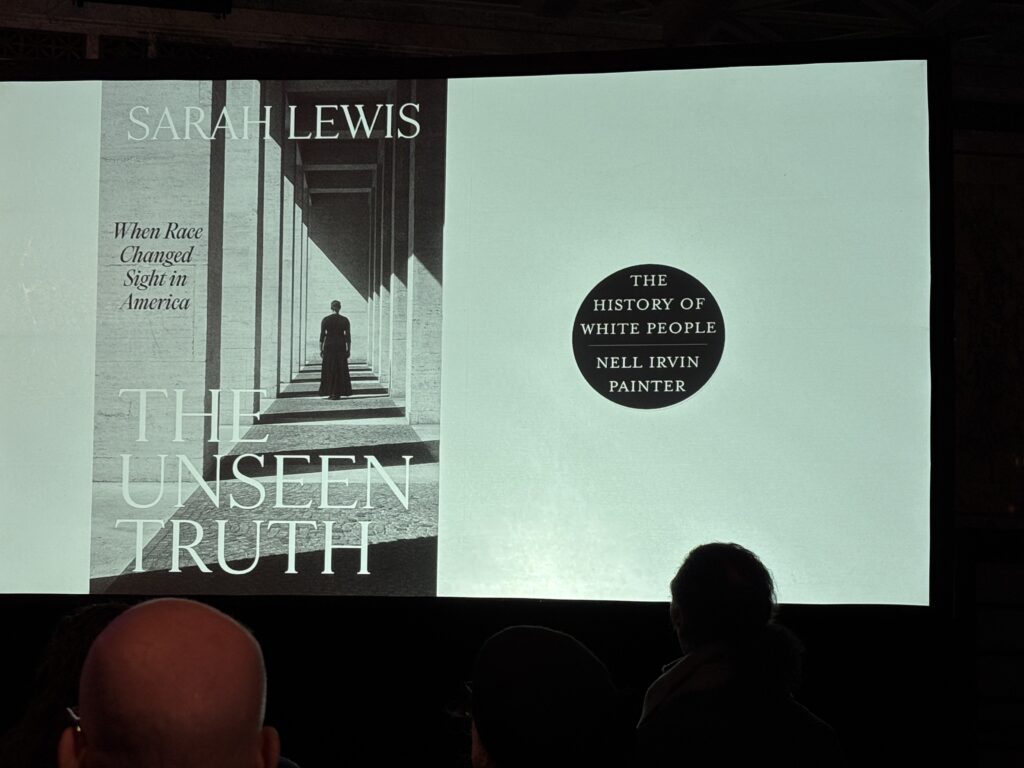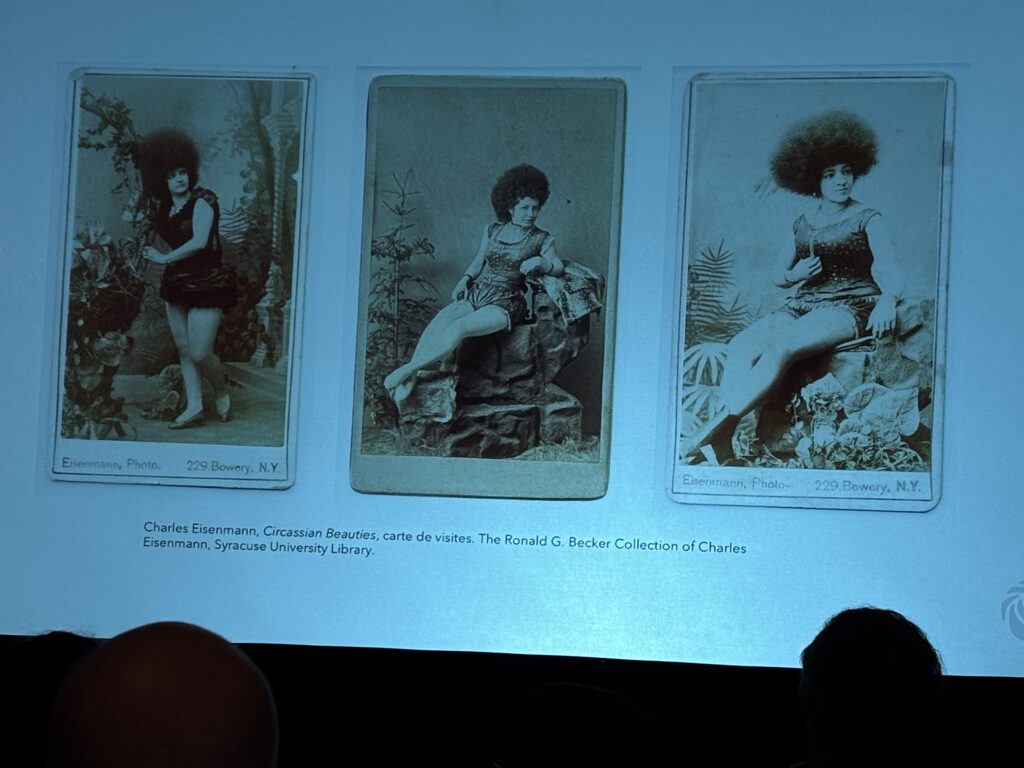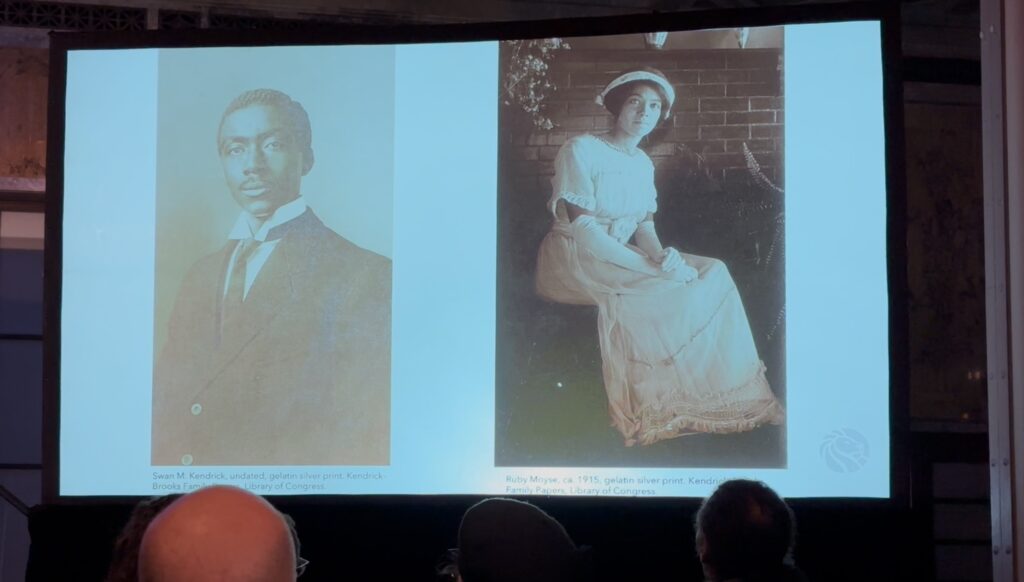
NYPL Live: Sarah Lewis and Nell Irvin Painter
I keep saying I don’t write about books and I mean it! This post, which describes an event that took place at the New York Public Library and celebrated the publication of a new book, is actually about history and images (aka photography aka art!) Sarah Lewis and Nell Irvin Painter, neither of whom I knew about before this event but whom I will not soon forget, met for a public conversation on Lewis’s latest, The Unseen Truth: When Race Changed Sight in America. I attended the event thinking it would be a night off for Black Star Reviews, but as soon as the speakers took their microphones I was using the golf pencil and index cards the NYPL distributes for audience questions to record as many of their sentiments as I could.
Sarah Lewis is an associate professor of Humanities and African and African American Studies at Harvard University. Nell Irvin Painter is a emerita professor of American History at Princeton University. Not only are both women highly-acclaimed for their scholarship, they have an extra-professional relationship in that Nell is Sarah’s mentor. This meant that the conversation could never have been long enough. Each woman felt comfortable to ask, interrupt, correct, answer, and protect each other. When a notecard from the audience presented a particularly difficult question comparing white-Black relations in America to Israeli-Palestinian relations in Gaza, Nell read the question and excused Sarah from answering it.
Dr. Lewis’s newest book traces back to a question she had about whiteness. Why is that white people are referred to as Caucasian? When did this start and is it accurate? She had this question for years before she committed herself to finding the answer and she divulged that she rewrote the whole book with renewed conviction after she’d survived a near death car accident saying, “I wanted to do what I felt might not be done if I didn’t put the pieces together.”
In her work as a historian, Dr. Lewis is especially interested in how images can create and control narratives. She believes that people in the past who understood the power of images were able to make outsized impact. One example is Frederick Douglass. He was the most photographed person of the 19th Century and Lewis argues that he understood that being seen helped him to drive home the point that Black people were human — entitled to freedom, literacy, and dignity. The other example she shares is Woodrow Wilson, and he is a central figure in her book because of his intentional campaign to publicize the legendary beauty of Caucasian and Circassian woman, which would become the beauty standard for American whiteness.
Dr. Lewis shared the pictures she found of these Circassian beauties, who were included in traveling circuses as an attraction. They look nothing like today’s white stereotypes of beauty; the women are shapely and their hair stands up like anyone with texture 3C and beyond. From where I sat in the audience, these women looked more like me and my fair-skinned Black cousins than any white supermodel we’ve been directed to measure our self-worth against.
She considers herself a visual theorist and maintains that in a world where our access to photos — of ourselves, our families, our ancestors, world events, history — has inflated, our responsibility has as well. “We need to be trained to still our gaze long enough to see what happens.”
When I look back at the images that will define this era — Nazi salutes, Beyonce accepting the award for Album of the Year, empty shelves in the egg section, the American and Ukrainian Presidents squabbling in the Oval Office — I’m inclined to agree with her. Dr. Lewis ended her comments with a photo of one of the first Black federal clerks, Swan Marshall Kendrick. History has learned his story through the letters he wrote to his fiancee hopeful about their future, inspired to make the most of the opportunity to serve the country and provide for his impending family. Kendrick’s dreams were short-lived. The start of the Wilson administration meant the end of his career.
Because the current administration seems hell bent on picking up where he left off, Wilson would not be the last American president to take office and begin the immediate erasure of anything Black. However, the truth is in the papers we keep, the letters we save, the books we write, and perhaps, the photos we take of things before they disappear. There will be more Sarah’s in the future looking to use the records of our lived experiences to disprove white myths.
You can watch a recording of the event on NYPL’s YouTube channel. You can also read this interview with Sarah in the Harvard Gazette to hear her describe the inspiration for this book in her own words. If it’s not possible for you to borrow Sarah’s book from your local library, consider making your purchase through a Black-owned bookstore. Also, be on the lookout for Nell Irvin Painter’s forthcoming book, Sojourner Truth was a New Yorker and She Didn’t Say That.
- The Unseen Truth book cover
- Three images of “Circassian Beauties”
- Swan M. Kendrick, undated (L) and his fiancee Ruby Moyse, c. 1915 (R)




